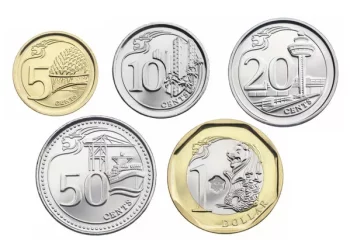The Indian Rupee (INR) is trading flat on Monday, despite a stronger US Dollar (USD). A decline in crude oil prices may offer some support to the INR, given that India is the world’s third-largest oil consumer. However, the currency‘s upside appears constrained by ongoing foreign outflows from domestic stocks and expectations of a slower pace of rate cuts by the US Federal Reserve (Fed).
Investors are focusing on upcoming economic indicators, with the advanced Gross Domestic Product (GDP) for the third quarter set to be released on Wednesday, followed by the Core Personal Consumption Expenditures (PCE) Price Index for September on Thursday. The highly anticipated Nonfarm Payrolls (NFP) report will be highlighted on Friday.
India’s economic growth is projected to be between 7.0% and 7.2% for the fiscal year 2024-25, according to Deloitte India’s latest Economic Outlook. Preliminary data indicates that the HSBC Manufacturing Purchasing Managers Index (PMI) rose to 57.4 in October, up from 56.5, while the Services PMI increased to 57.9 from a one-year low of 57.7 in September.
In the US, the Michigan Consumer Sentiment Index rose to 70.5 in October, exceeding expectations, while Durable Goods Orders fell by 0.8% month-over-month in September, better than the anticipated 1% decline. Notably, orders excluding transportation increased by 0.4% in September.
US rate futures reflect a 97.7% likelihood of a 25 basis point cut by the Fed in November, according to the CME FedWatch tool.
From a technical perspective, the USD/INR pair maintains a constructive outlook. The daily chart shows the pair holding above the critical 100-day Exponential Moving Average (EMA), with the 14-day Relative Strength Index (RSI) near 60, indicating potential for further upside. Sustained trading above the upper boundary of the ascending trend channel at 84.20 could lead to a target of 84.50, with a psychological level at 85.00.
On the downside, initial support is noted at the lower limit of the trend channel around 84.05, with further support at 83.75, coinciding with the 100-day EMA.
Related Topics:


























